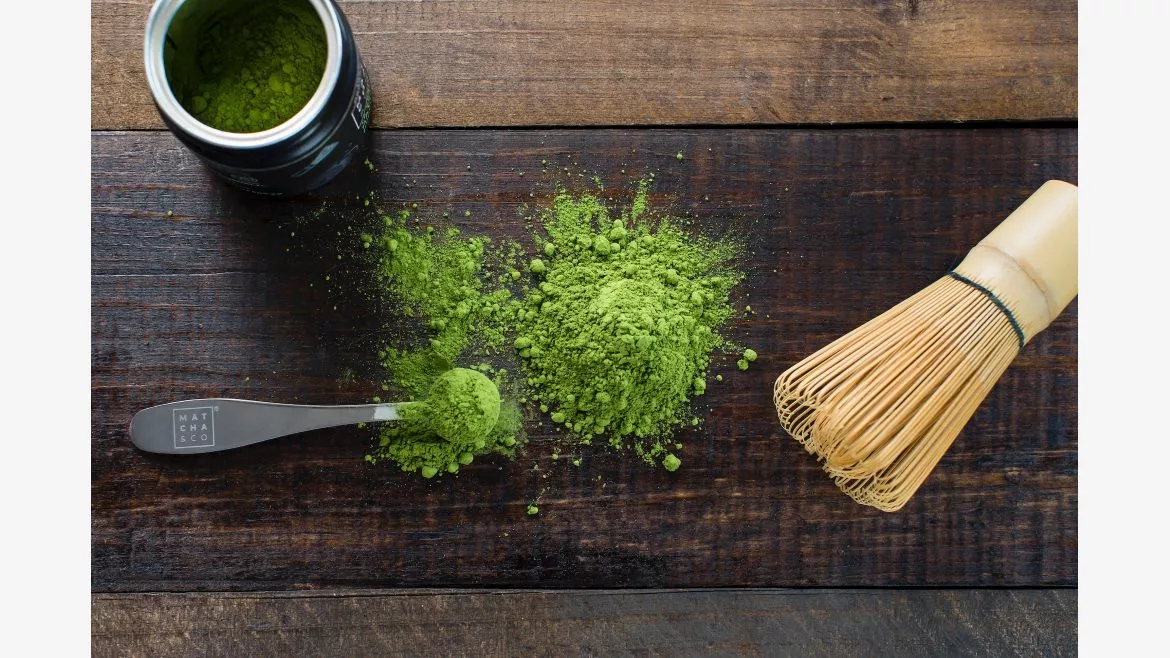Market Research
Matcha Tea Market Expands

Photo by Matcha & CO on Unsplash
Fact.MR announced the global matcha tea market is valued at $2.67 billion in 2023. Worldwide sales of matcha tea are forecasted to increase at 9.9% CAGR and reach $6.86 billion by the end of 2033.
Matcha is the name for premium green tea in powder form. Since it is cultivated and brewed differently than traditional green tea, it contains more caffeine and antioxidants. Matcha, which is high in antioxidants, has positive health effects, such as lowering the risk of heart disease and fostering weight reduction, relaxation and attentiveness.
Increasing consumer attention toward adopting healthy lifestyles and the health advantages of bottled tea are driving the expansion of the matcha tea market. For instance, matcha tea lowers cholesterol levels, treats headaches and body pain, helps people lose weight, and reduces their risk of heart attacks.
A key factor influencing market growth is rising consumer knowledge of goods with health benefits, including matcha tea. High in antioxidants and vital vitamins, matcha tea supports healthy weight management. EGCG, another antioxidant that lowers the risk of cancer, is also present in matcha tea.
L-theanine in matcha tea helps with memory and focus. Due to matcha's growing popularity over the past few years, both its exports and imports have increased. Among the many varieties of Japanese tea, matcha is unique, and as a result, Japan's exports of green tea have significantly increased.
Despite the limited research and studies conducted to identify beneficial compounds and establish their safety and effectiveness, food and dietary components have the potential to be utilized for the prevention and treatment of various diseases. A factor in facilitating this exploration is the presence of sufficient regulations and guidelines.
Matcha availability is only in a few locations worldwide, and rising prices are two factors that are anticipated to restrain market expansion. The product is more expensive than alternatives because of the superior production process. The rigorous grinding and processing, premium extraction techniques and stringent cultivation under regulated conditions are what cause the product's high price.
India's recognition of the value and advantages of natural products has made it a market for matcha. This popularity stems from matcha's ability to enhance both savory and sweet dishes, leading to its use in various Indian culinary creations such as ice creams, tea cakes, crêpes and macaroons. Indian restaurants have embraced the trend of incorporating matcha into their cuisine, utilizing it to create cutting-edge dishes. Matcha-infused cakes, éclairs, mille-feuilles, milkshakes and smoothies have become particularly popular, along with steamed and fried mantou buns filled with matcha cream cheese.
Growing awareness of the health benefits of matcha components in cuisines opens up opportunities for manufacturers. Due to matcha's revitalizing and health-nourishing properties given the presence of antioxidants, vitamins, and minerals, there is also an upsurge in the consumption of drinks rich in health benefits and flavors.
In the ever-evolving world of matcha tea, packaging plays a crucial role in preserving freshness, convenience, and sustainability. Among the solutions, stand-up pouches have emerged as a popular choice for packaging matcha tea. These versatile and eco-friendly pouches not only enhance the overall presentation of matcha products but also offer practical benefits for consumers.
As consumer preferences shift toward premium and artisanal products, a new wave of specialty matcha tea brands have emerged. These brands focus on sourcing high-grade matcha from specific regions, emphasizing traditional cultivation and production methods.
Looking for a reprint of this article?
From high-res PDFs to custom plaques, order your copy today!







